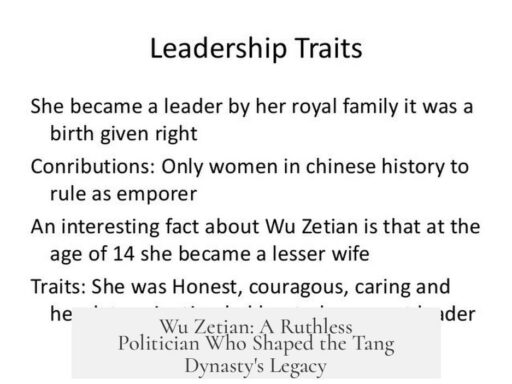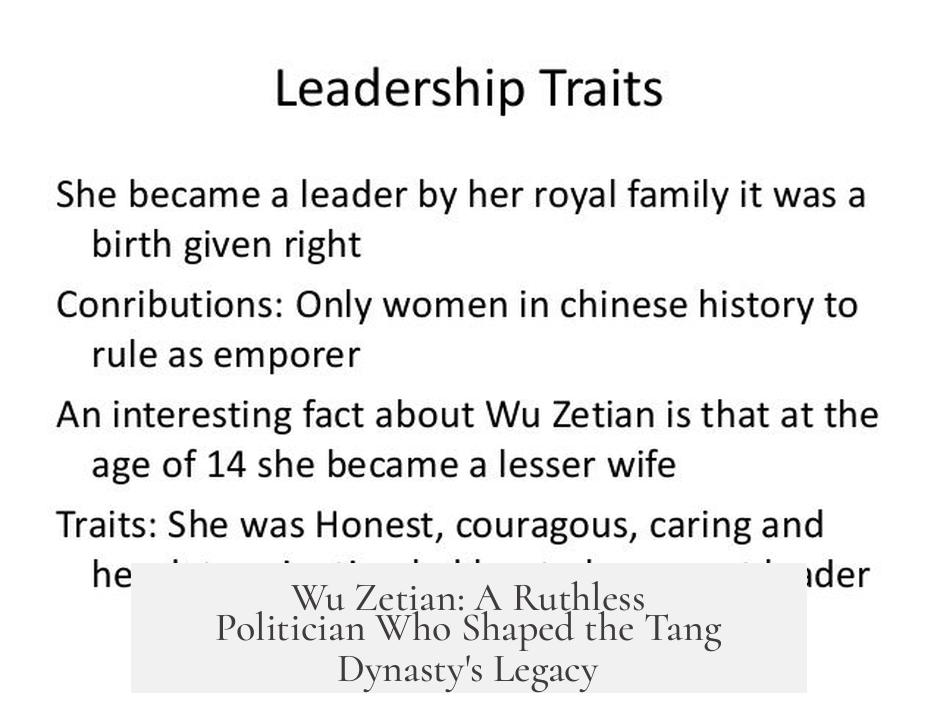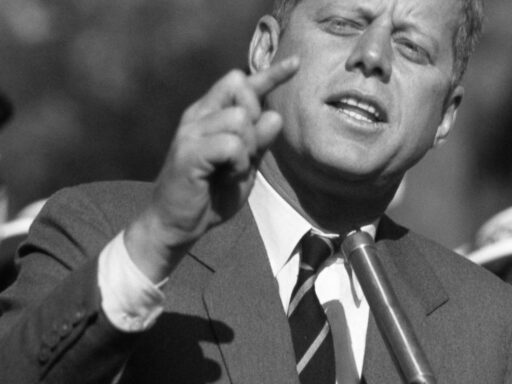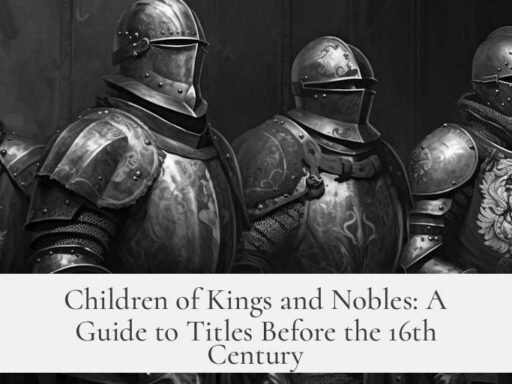Wu Zetian stands out as a formidable politician who stabilized the Tang dynasty during a turbulent era, ultimately ruling China as its only female emperor. Her political acumen allowed her to consolidate power and manage complex court intrigues with decisive actions that ensured the dynasty’s survival and strength.
Wu’s political career began by escaping a nunnery after Emperor Taizong’s death. She then re-entered the palace under Emperor Gaozong’s reign, where she quickly removed rivals, including Empress Wang and the Pure Concubine. She advanced her family’s influence by placing relatives in key positions. This assertive strategy gradually elevated her to a position of equal status with Gaozong. By 666, she was officially allowed to present offerings alongside the emperor and to sit on a throne equal in height during audiences.
Following Gaozong’s death in 683, Wu Zetian did not step back. Instead, she controlled the empire from behind the scenes as dowager empress, manipulating her sons’ succession. In 690, she compelled her last son to abdicate, thereby officially becoming the sovereign ruler. Her reign marked the only time in Chinese history when a woman assumed the imperial title with full authority.
Some scholars speculate that Wu promoted early printing technology, which could imply a broader impact on cultural development, although this claim lacks solid evidence. Nonetheless, her rule coincided with one of China’s golden ages, marked by notable cultural and political achievements.
Her downfall came in 705, when she was over 80 years old. She was overthrown by a son she had previously exiled. This son, influenced by a powerful and ambitious consort, eventually reclaimed power. Wu spent her remaining 15 years in exile, marking the end of her extraordinary political career.
- Wu Zetian stabilized and strengthened the Tang dynasty during crisis.
- She rose through strategic court maneuvers and family promotions.
- Attained equal status with Emperor Gaozong before ruling independently.
- Maintained control as dowager empress before declaring herself emperor.
- Overthrown late in life by a son influenced by a powerful consort.
I’ve Heard Enough About Wu Zetian’s Personal Life, What Was She Like as a Politician?
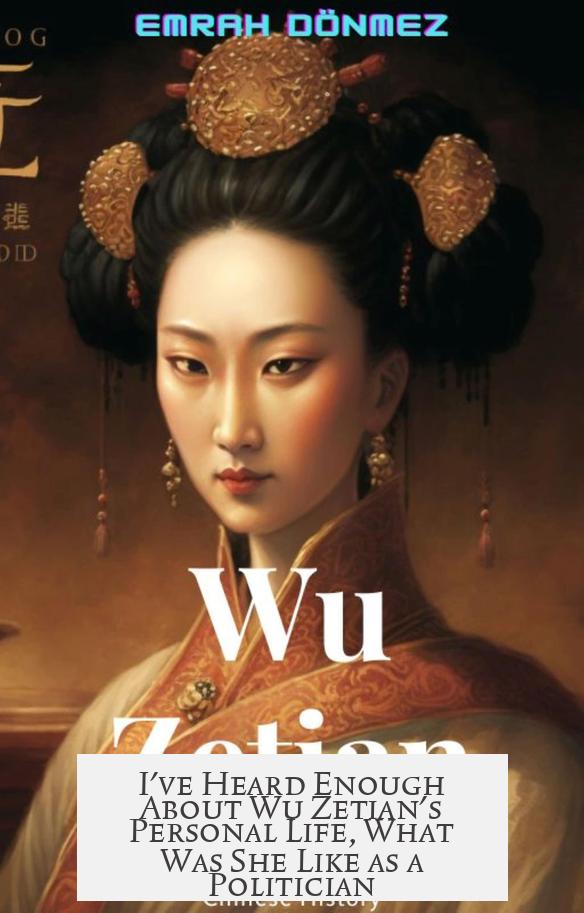
Wu Zetian stands out as one of history’s most formidable politicians, demonstrating a mix of ruthlessness, cunning, and vision. She wasn’t just a royal figure; she was the architect who stabilized and shaped the Tang dynasty during turbulent times, cementing her legacy as a skilled ruler and strategist.
Curious about how she did it? Let’s explore her political prowess without getting sidetracked by palace gossip or romantic intrigues.
Ruthless and Decisive: The Stabilizer of the Tang Dynasty
At a moment when the Tang dynasty teetered on collapse, Wu Zetian stepped in with an iron fist.
Her decisive action stopped the dynasty’s unraveling, a feat worthy of admiration considering the Tang period is widely regarded as a golden age in Chinese civilization.
She ruthlessly neutralized internal threats, streamlined administration, and fostered loyalty among key officials. This kind of political iron-will gave stability that allowed culture and governance to flourish.
Is there a modern parallel? Consider a CEO stepping into a floundering company and reversing its fortune fast. That’s Wu Zetian in the palace—cutting away rot, strengthening the core.
Master of Power: Manipulating the Throne from Behind the Curtains
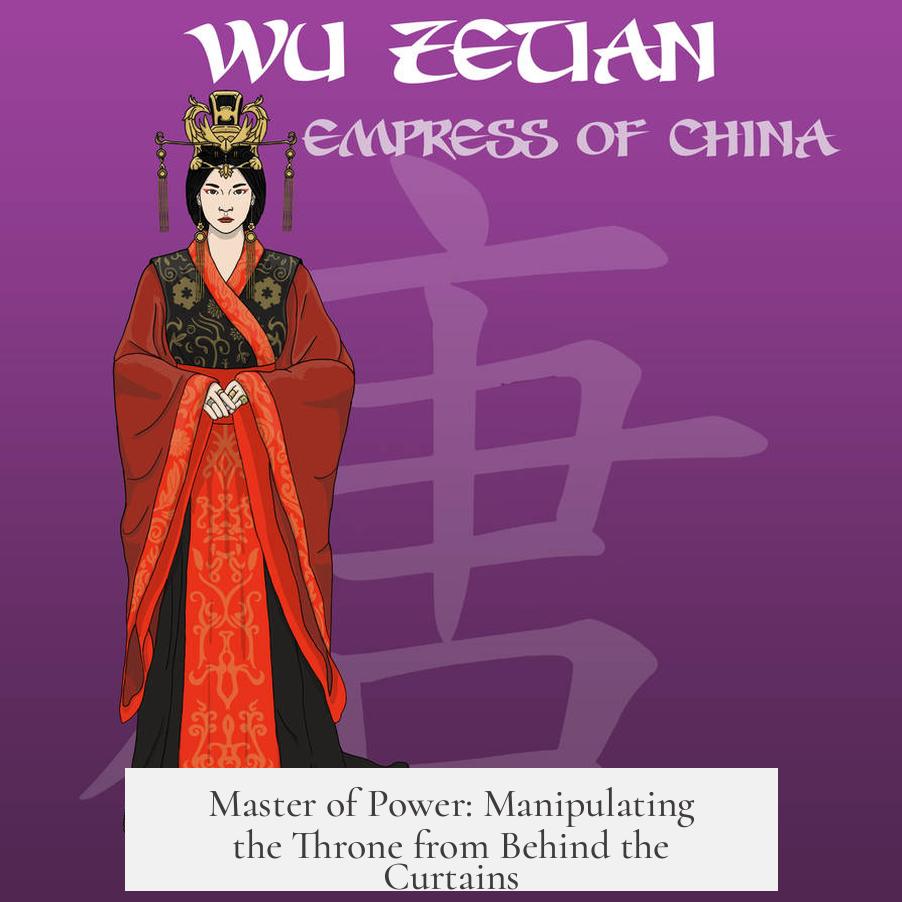
When Emperor Gaozong died in 683, Wu Zetian didn’t step aside. Instead, she stayed firmly in control as dowager empress.
Interesting, right? She wasn’t the official ruler immediately but the power behind the curtain, skillfully managing her sons’ reigns like a seasoned chess master moving pieces on a board.
Her control stretched so far that by 690, she ordered her last son to abdicate.
Imagine the audacity: forcing a sitting emperor, her own son, to step down. That move paved the way for her to rule outright—a defining moment in Chinese history.
The Incredible Journey to Power: From Nun to Throne
Before all this, Wu Zetian escaped what many saw as a dead end: life as a Buddhist nun.
After Emperor Taizong’s death, she ingeniously returned to Gaozong’s court, not as a forgotten temple dweller but as a contender for power.
She entranced Gaozong, ousted his existing wives—the Empress Wang and the Pure Concubine—and placed her own family members in powerful positions.
This wasn’t social climbing; it was a full-fledged political coup from within the imperial harem.
Her goals were crystal clear: to ensure she rose as Gaozong’s equal partner, something no woman had done before.
Equality With an Emperor: Sharing the Throne (Literally)
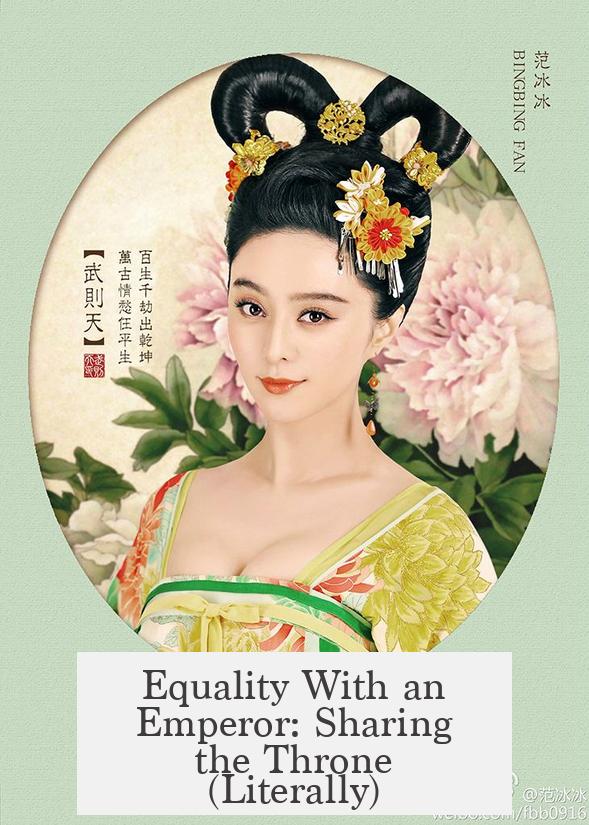
By 666, Wu had earned the privilege to perform rituals alongside Emperor Gaozong and sit in audience with him.
Sure, she hid behind a screen during official sessions, but her throne was exactly as high as his.
This symbolized equality—unheard of in a male-dominated society.
Wu Zetian redefined imperial power dynamics, sending a message that her voice mattered as much as the emperor’s, if not more.
The Speculative Role in Early Printing Promotion
There’s a fascinating, though unproven, claim by historian T.H. Barrett: Wu Zetian might have been behind early promotion of printing technology.
While the evidence is murky, the idea fits her pattern of forward-thinking governance.
Printing was revolutionary, increasing knowledge dissemination and bureaucratic efficiency—tools any smart ruler would encourage.
Whether myth or fact, it’s tempting to imagine Wu Zetian as a patron of innovation, ahead of her time in fostering cultural advances.
The Fall: Overthrown After Over Eight Decades of Influence
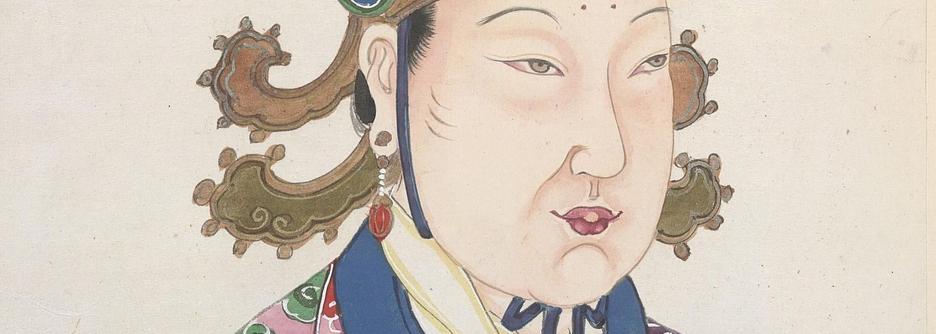
All empires and reigns end, and Wu’s did too—in 705, when she was over 80.
She was removed by a son she had previously banished.
Plot twist: This son’s wife, a ruthless and ambitious concubine, kept him alive through tough times, convincing him not to give up his claim.
One might say Wu’s final miscalculation was underestimating the political cunning of this pair.
This ending showcases that power struggles at the top don’t just depend on one person but on alliances and ambitions swirling beneath the surface.
What Can We Learn from Wu Zetian the Politician?
- Be ruthless when necessary: Wu didn’t avoid tough decisions. Stability demanded firm action against rivals.
- Manage behind the scenes: Often the real power isn’t about the title but influence behind the throne.
- Build your network: Promoting family members wasn’t nepotism; it was securing loyalty.
- Innovate and adapt: Whether or not she actually promoted printing, embracing new technology is a hallmark of strong leadership.
- Stay vigilant with allies: Even the most powerful can fall if they ignore the ambitions of those closest.
Wu Zetian’s story challenges us to rethink what makes a powerful leader—sometimes it’s less about background and more about bold action, cunning strategy, and vision. Her ascent and reign broke gender norms for good, proving that in politics, results and power dynamics overshadow traditions.
Final Thought: Would You Vote for Wu Zetian If You Lived Then?
She was a trailblazer, no doubt. But her methods? Some might call them cold or calculating. Others admire the sheer effectiveness.
In the messy arena of politics, does the end justify the means? Wu Zetian’s reign suggests it often does.
So next time someone talks about her love life, remind them: Wu Zetian was above all a master politician who shaped history with unparalleled skill.
